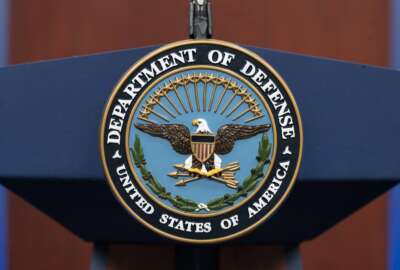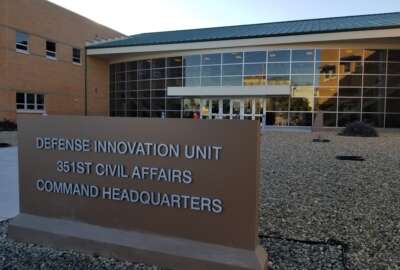New organization plays matchmaker for innovators, DoD
Looking for ways to make the acquisition process more accessible for innovators, National Technology Alliance seeks to network industry, capital and government.
A new organization its founders called a “first of its kind” will focus on matchmaking between technology innovators, funding opportunities and the federal government. National Technology Alliance (NTA) plans to help innovators find potential sources of capital and learn the ins and outs of working with the Defense Department and other agencies.
As a non-profit working under the auspices of Advanced Technology International, a public service non-profit management organization, NTA wants to address some of the perennial problems with defense acquisition. The founders want to gather representatives from the innovation world into a network with sources of funding and opportunities for commercialization to speed up the process of scaling new technology.
“What we’re putting in place is there to help provide a route to ease the connections to opportunities that are coming from both government and industry,” Matthew Laudon, executive director of NTA and co-founder of TechConnect and TechConnect Ventures, a technology prospecting company, told Federal News Network.
NTA hopes to tackle some of the hurdles in the acquisition process including the timeline to procure new technology. A report cited by the NTA concludes the U.S. takes longer than its competitors to purchase technology and has an average acquisition time of 22 months. Laudon said in addition to the lengthy time period, many innovators have trouble understanding the complexities of government acquisition — or even how to get the information they need to start a dialogue.
“There are a lot of private sector innovators who simply don’t know what opportunities are coming from the government and one piece of [fixing the problem] is helping educate private sector innovators that there are dual-use routes for engagement with their technologies in the government,” Laudon said.
At DoD, the acquisition process at times pits oversight against speed, said David Berteau, president of the Professional Services Council. He said Congressional oversight written into both the Senate and House versions of the fiscal 2024 National Defense Authorization Act could slow the acquisition process.
“We need to be very careful about adding more time and less certainty to the process,” Berteau told Federal News Network. “The number of companies that are prime contractors with DoD continues to decline. It’s down about 25% or 30% over the last decade or slightly more than a decade. Clearly, work needs to be done in that regard.”
At NTA, Laudon said helping new companies understand how to navigate the acquisition process could help solve the problem.
“There’s an effort from the government to use different vehicles that are less cumbersome. There are routes to engage with the government that don’t need to be feared, and in fact should be pursued, because it could be very high-value dual paths for commercialization for early-stage commercial innovations,” Laudon said.
One way NTA will work with innovators to navigate the maze of DoD acquisition will be through a program called the “catalyst partner program” that partners with academia, various government incubators and accelerators, economic development offices and key government funding initiatives to create a network of resources that technology innovators can tap into.
“We’re actively engaging with communities that represent sources of innovation — tech transfer commercialization offices, universities and labs, accelerators and incubators. We’re able to pass opportunities over to other associations that have portfolios of technology and they can distribute them so their portfolios get access to opportunities,” Laudon said.
NTA also plans to create a one-stop shopping experience for small companies to learn about government development programs. Bi-annual conferences will take place in coordination with Small Business Innovation Research (SBIR) and Small Business Technology Transfer innovation summits and various challenge and prize programs.
“We’re able to add those events to bring members together with not only industry, scouts and funders, but also with federal offices, such as SBIR, such as [Other Transaction Authority (OTA)], such as [Defense Advanced Research Projects Agency (DARPA)], but consolidate those opportunities for the innovators all in one place, both from industry and government so that they can engage with them and create opportunities,” Laudon said.
Copyright © 2025 Federal News Network. All rights reserved. This website is not intended for users located within the European Economic Area.
Alexandra Lohr, a former staff member, covered the Defense Department for Federal News Network until September 2023.






